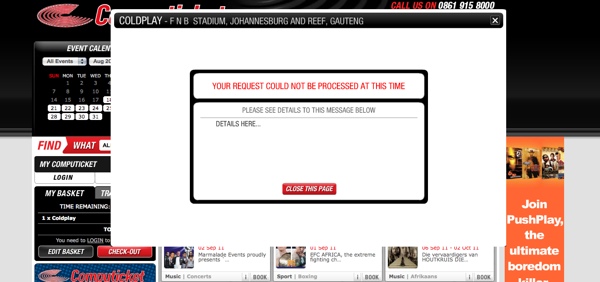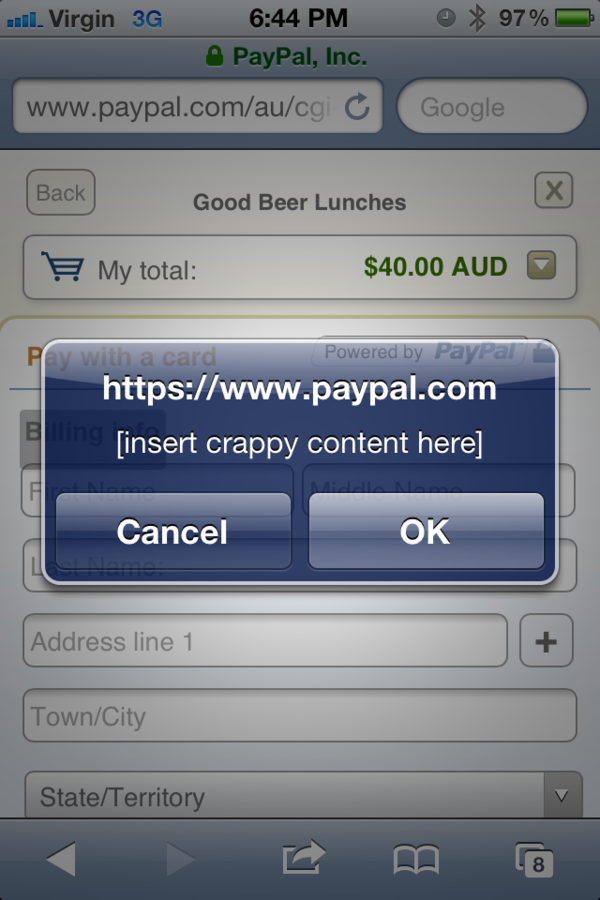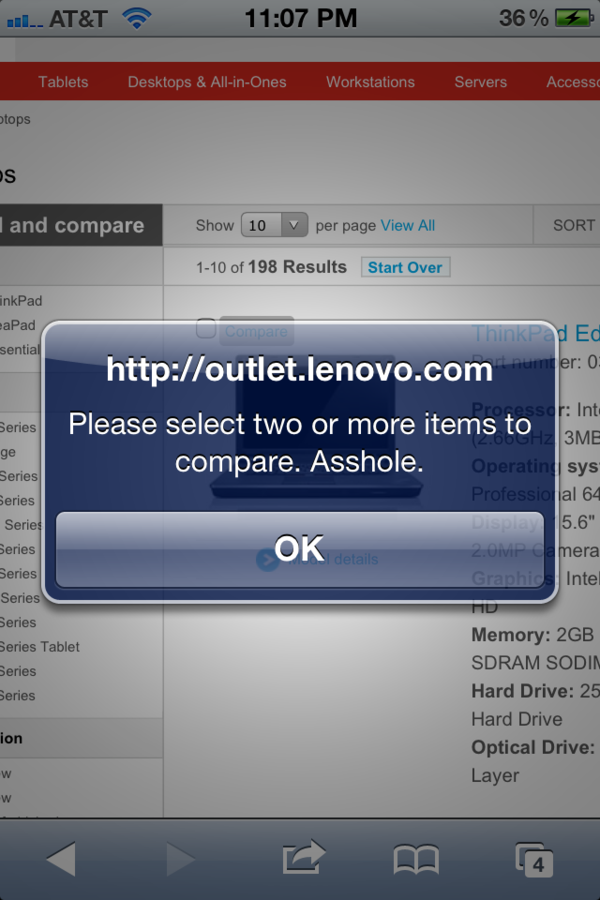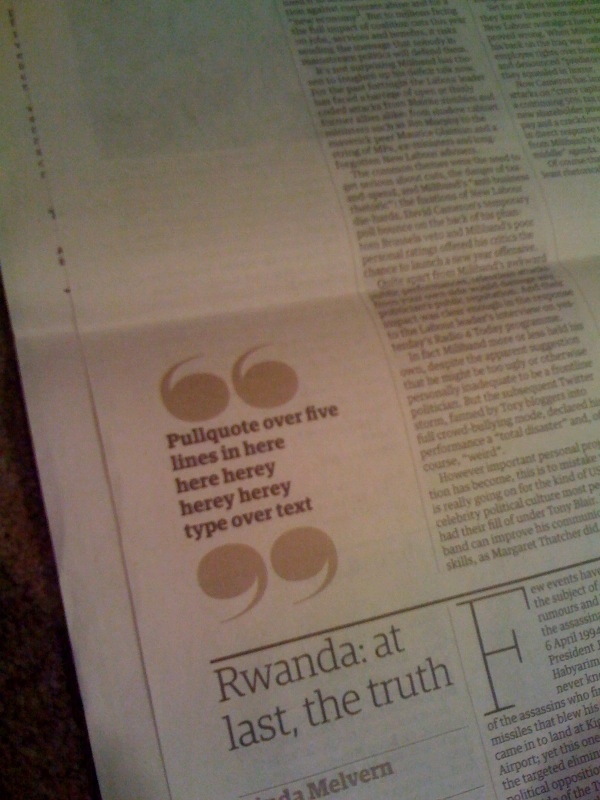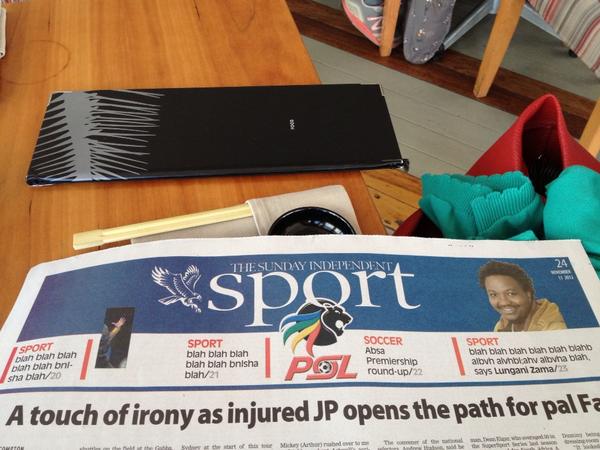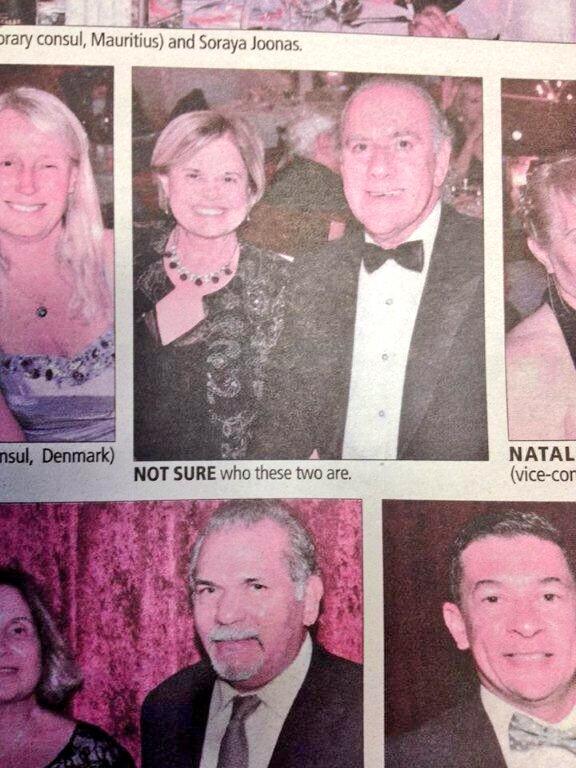Jeff Atwood wrote a glorious rant about the proliferation of unnecessary mobile apps called App-pocalypse Now1:
The more apps out there, the more the app stores are clogged with mediocre junk, the more the overall noise level keeps going up, which leads directly to this profligate nagging. Companies keep asking how can we get people to find and install our amazing app instead of the one question they really should have asked.
Why the hell are we building an app in the first place?
He makes some other really great points about the current state of the app ecosystem as well.
-
I really struggle with puns. I don’t like them. So publishing this title is a big step forward in my ongoing therapy. ↩
